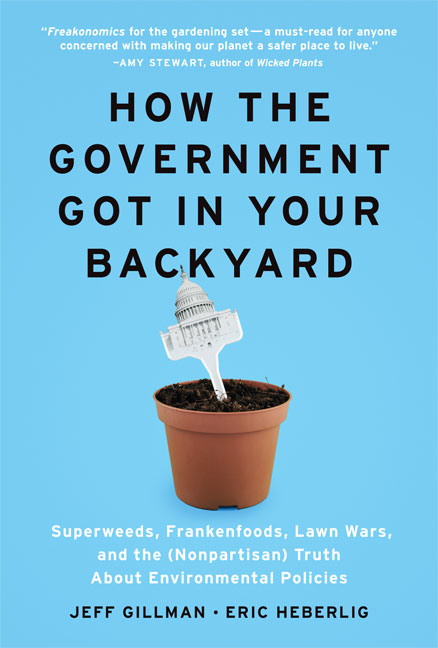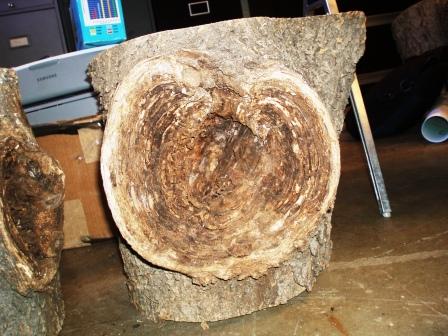This has been an exciting week for me. On Monday we started cleaning off 72 rootballs of various tree species that had been planted 5 years ago for a study. These trees had been planted in containers and become potbound at the nursery from which we received them. We treated them in one of three ways. Either we did nothing (in other words we just dropped the pot bound tree in a hole), we used the standard methods that Universities recommend for slicing potbound roots (Four deep slits down the sides and a deeply cut X across the bottom), or we cut off all of the circling roots by cutting the pot bound root system into a box shape.

A root ball cut into a box shape
The plan was to harvest after 4 years to see what happened – we decided to wait 5 – and boy did we see some interesting stuff. At this point our results are preliminary – we need to run statistics before we can say anything conclusively – but this is what my eyes tell me.
- Trees that had their roots cut into boxes suffered reduced growth the first few years, BUT, their root systems look as good as any root systems that I’ve seen – almost no circling.
- We planted our trees with the surface of the soil at the same level as the surface of the media in the containers – which is too deep in most cases. For trees with circling roots this created a severe problem as the circling roots often surrounded the stem – potentially causing suffocation of the tree later in life.
- Root systems that were cut using the 4 slit method didn’t look much different from those that weren’t cut at all.
- The number of large roots emanating from all of the treatments appeared to be about the same (we’ll need to run the stats before I commit to this one). This is particularly interesting because many people expect large roots that are circling to continue circling — but that isn’t what usually happens (unless the hole where the tree is planted has hard sides which can force the roots to circle just like the container did).

This root system was from a control — no root pruning at all, but still plenty of large roots.
No matter what the results/statistics end up saying there will be more questions. For example, all else being equal, how damaging are circling roots to the health of a tree if the tree is planted properly (no stem tissue under the surface of the soil) and the circling roots are under the surface of the soil? If the answer is that circling roots under the surface of the soil aren’t very damaging (after all, there’s no stem tissue for them to crush) then why are we bothering to try to root-prune pot bound plants at all – what we should really be concentrating on is planting at the proper depth.
All the above is hypothetical though – I just enjoy thinking about this stuff as the data starts to roll in. As we get more definitive answers and start to run the statistics I’ll let you know more.


